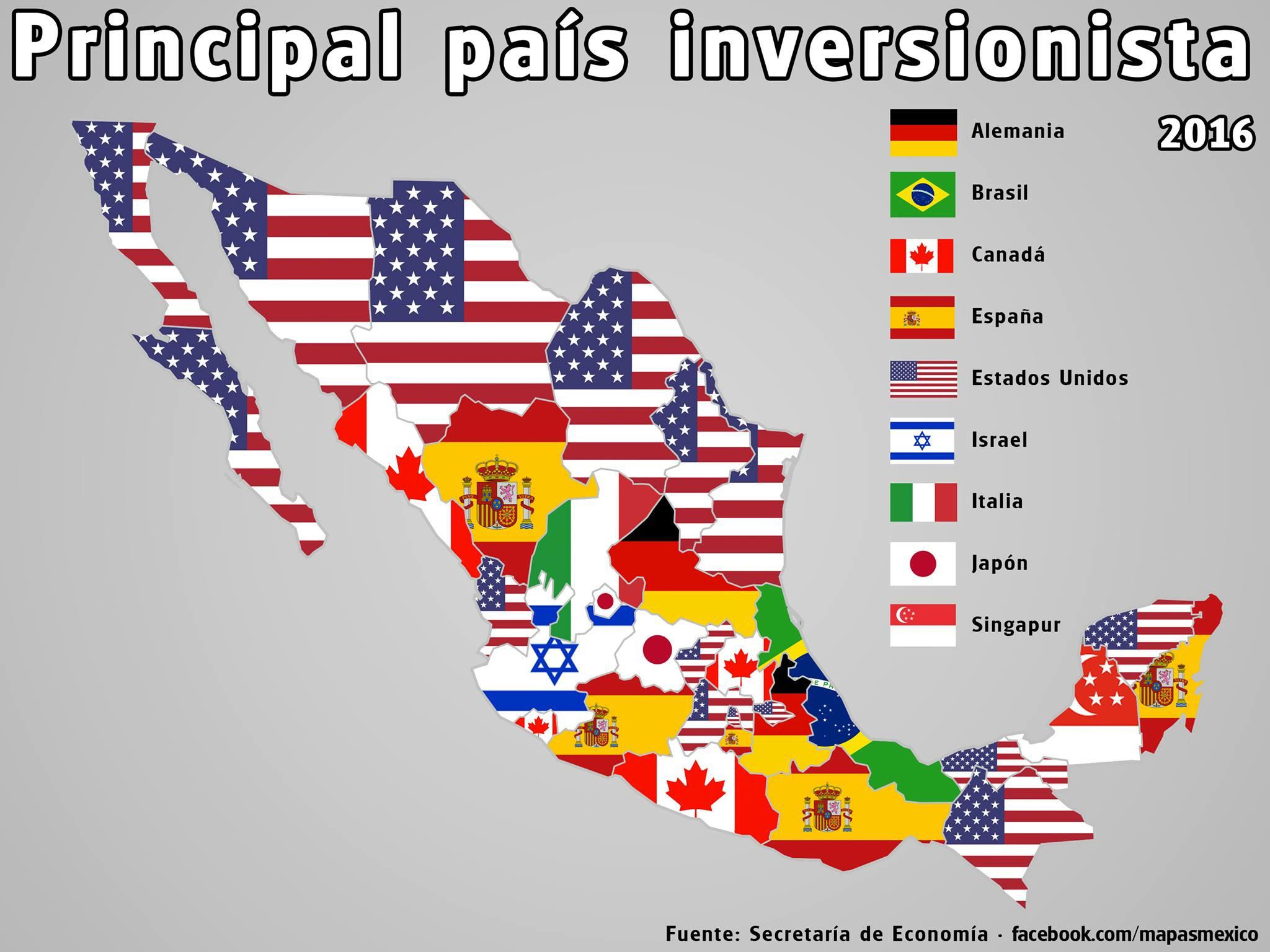| Mexico =
new top source for American consumers |

Data: U.S. Census Bureau, Bureau of Economic Analysis. Chart: Axios Visuals
For the first time in 20 years, “made in Mexico” is outpacing “made in China.”
Why it matters: The U.S.-Mexico relationship is often viewed through the far more contentious lens of immigration politics, Axios managing editor Javier E. David writes.
|



![]()

Jorge Cuevas, Manager, Immigration Services – PAS
Yessica Valeria Calva, Manager, Tax – PAS
Angel Rodriguez, HRBP Coca-Cola LATAM
GLOBAL LatAm
Think Latin America can’t catch up to the US?
Panama begs to differ.

According to the Cambridge Dictionary: “to move toward the same point and come closer together or meet.”
In economic terms, that “point” is full development, so convergence is sometimes used to measure how far the developing world has come to catch up to a developed nation, the United States.
Although not a perfect metric by any means, GDP per capita convergence or GDP per capita relative to the US can give us insight into Latin America’s progress, the lack thereof, or even reversals of fortune.
In the case of progress towards this convergence, Panama is the region’s prime example. Thanks in great part to the Panama Canal, the country has matured into a prominent global trade and financial hub.
“The economy of Panama is based mainly on the tourism and services sector, which accounts for nearly 80% of its GDP and accounts for most of its foreign income.”
This service-based economy has led Panama’s GDP per capita (adjusted for inflation and local purchasing power) to approach almost half of the US’s. That’s the closest any regional economy comes by a wide margin.
Now, what if we look at this same metric over time?
It then becomes apparent which countries have marched on or fallen behind.
Panama also stands out through this historical lens—its GDP per capita relative to the US has nearly doubled since 1980.
The Dominican Republic is also worth noting; it went from 19% to 32% in the same period.
Before discussing the negatives, it’s worth emphasizing that this is a tricky metric in which to advance. After all, an increase means that a country kept up with the economic growth of the largest economy on Earth.
In 1980, Venezuela’s GDP per capita was 63% that of the US. It was well ahead of any Latin American country today. Now, it sits second to last. There’s no way to sugarcoat it: Venezuela remains one of the worst tragedies of our region.
As Latin America continues to navigate this era of technological and globalization breakthroughs, leaders need to look to Panama and the DR and ask: what exactly are these nations doing right?
AUDIENCE INFO
VIEWS / IMPRESSIONS
323,113
OCT 24 ’22 – OCT 22 ’23 … Source: LinkedIn
Can you imagine your logo and brand story
being seen that many times?
Brands with an established Marketing Budget coupled with a strong desire to associate the logo/brand with our audience are already our advertisers or sponsors or member/subscribers in GLOBAL Press Club.
Additional audience/views/impressions from exhibition and distribution across GTVnetwork… including
X/twitter
FB
And more….
additional audience/views/impressions happen daily via US/global free access 365-7-24 resulting from connections sharing a program they like or other useful or interesting content. Those additional, valuable audience stats are hard to track.
Reach me to discuss things…
(+1) 619.787.3100
or use publisher@globalbusiness.media



 Between the lines: Increasingly unpredictable geopolitics — including increased tensions between Washington and Beijing — are making Mexico preferable to China for American companies.
Between the lines: Increasingly unpredictable geopolitics — including increased tensions between Washington and Beijing — are making Mexico preferable to China for American companies. By the numbers: Together, American consumers buy from three major foreign sources: Mexico, China and Canada.
By the numbers: Together, American consumers buy from three major foreign sources: Mexico, China and Canada.